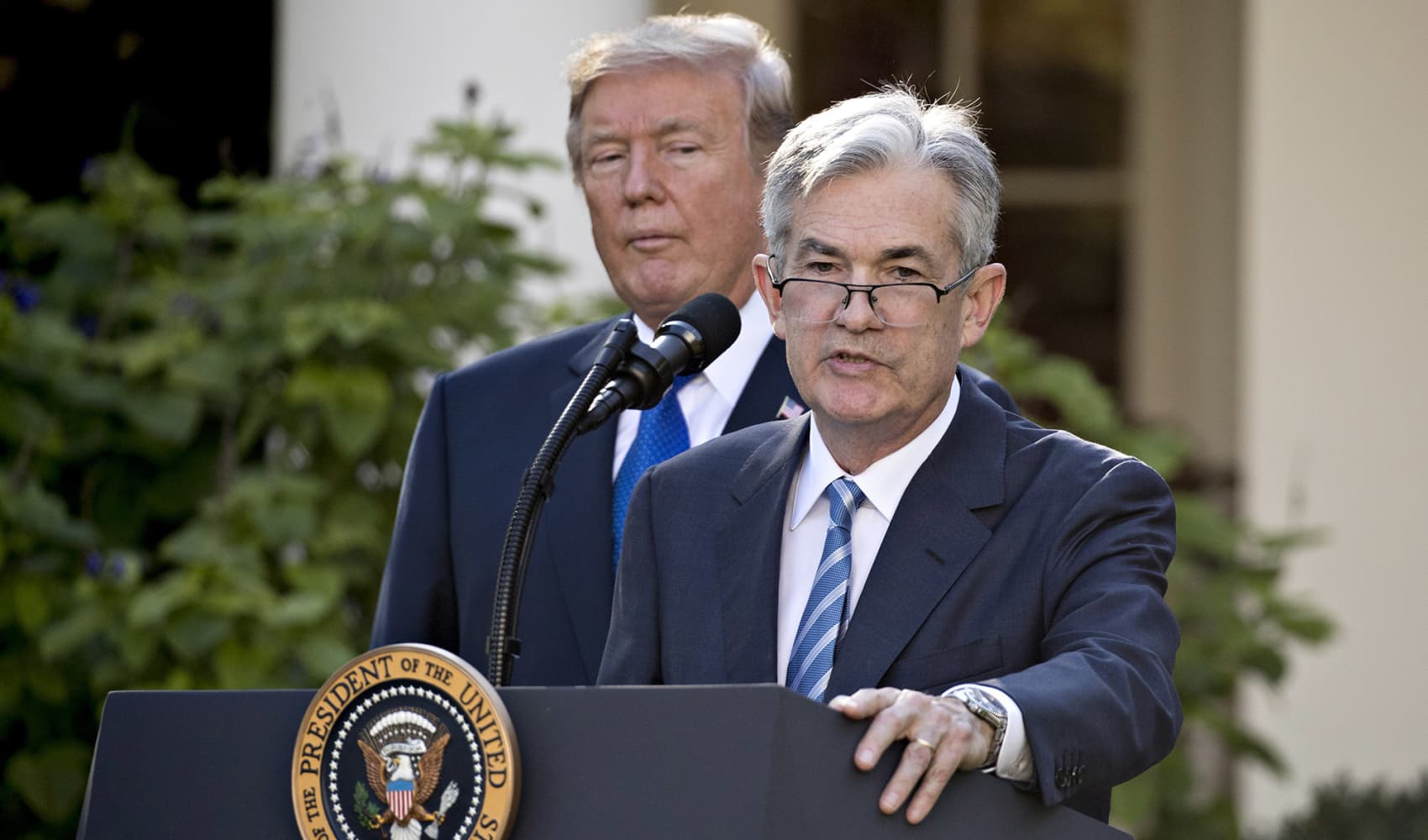
- Headline inflation in the euro area dipped to 2.5% in June, the European Union's statistics agency said Tuesday, in line with analyst expectations.
- Core inflation, excluding the volatile effects of energy, food, alcohol and tobacco, stayed at 2.9% from the prior month, narrowly missing the 2.8% analyst forecast.
Headline inflation in the euro area dipped to 2.5% in June, the European Union's statistics agency said Tuesday, while the closely watched core and services prints held steady.
The headline figure was in line with the expectations of economists polled by Reuters. Inflation had nudged up from 2.4% in April to 2.6% in May.
Core inflation, excluding the volatile effects of energy, food, alcohol and tobacco, stayed at 2.9% from the prior month, narrowly missing the 2.8% economists had forecast.
The rate of price rises in services also failed to budge, holding at 4.1%.
Get Tri-state area news delivered to your inbox. Sign up for NBC New York's News Headlines newsletter.

Investors will now parse what the latest data means for the trajectory of interest rates in the 20-nation euro zone, following the European Central Bank's initial 25 basis point cut in June.
Money Report
Volatility in the consumer price index has long been expected this year, as choppy base effects from the energy market unwind.
In June, year-on-year energy inflation in the euro zone was 0.2%, a sharp switch from earlier in the year when the sector had a strong disinflationary pull.
On Tuesday, ECB Vice President Luis de Guindos told CNBC's Annette Weisbach that, while the central bank was confident that inflation would converge to its 2% target, the coming months would be a "bumpy road" and there is no "predetermined path" for monetary policy. He was commenting on the sidelines of the ECB Forum on Central Banking in Sintra, Portugal.
Money markets see a high likelihood of another two interest rate trims of 25 basis points each across the ECB's remaining four meetings this year, according to LSEG pricing data. They price only a 33% chance of a follow-up cut this month.
The euro, which has struggled in recent weeks under the shadow of political risk from the upcoming French elections, was slightly lower following the data release. It was down 0.2% against the U.S. dollar and 0.05% lower against the British pound at 10:30 a.m. London time.
Kyle Chapman, FX markets analyst at Ballinger Group, said that beyond a slight cooling in food prices — with unprocessed food inflation falling to 1.4% from 1.8% — overall, the latest consumer price index was a "virtual repeat of the May data."
"That's enough to set in stone a pause at this month's ECB meeting. The stickiness in services inflation may start to become a real concern for policymakers that puts a spanner in the works for rate cuts, particularly given the backdrop of rising wage growth and falling unemployment," Chapman said in a note.
"There has been no concrete downtrend in services inflation this year, and the ECB isn't likely to cut rates significantly until one emerges."
The interest rate outlook will be dependent on the quarterly ECB staff macroeconomic projections, and whether they move higher, Chapman added.
In June, ECB staff raised their annual average headline inflation outlook for 2024 to 2.5% from 2.3%, also lifting their 2025 forecast to 2.2% from 2%.
Correction: This article has been updated to more accurately reflect the rise in inflation from April to May.






